Panama’s Ocean Lifeline Vanishes: The Climate Alarm We Can’t Ignore
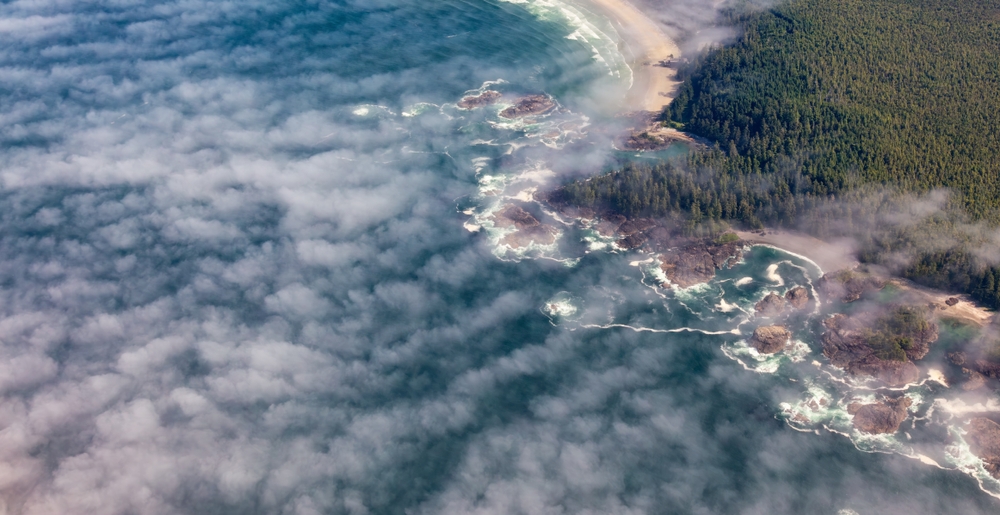
For decades, the Pacific coast of Panama has relied on a powerful natural process called upwelling. Every year, cool, nutrient rich waters rise from the ocean’s depths, fueling life across the entire marine ecosystem. But in 2025, that vital rhythm came to a halt for the first time in more than four decades. The ocean that once teemed with fish, birds, and energy suddenly went still.
Scientists are calling it an “unprecedented collapse,” one that has stunned researchers and sent shockwaves through global climate discussions. According to reports from Earth.com, SciTechDaily, and Mongabay, the failure of Panama’s upwelling could be one of the most alarming signs yet of a planet under mounting environmental stress. The ocean has always been our greatest ally in regulating climate, but this event reveals how fragile that balance truly is.
The silence off Panama’s coast isn’t just an ecological story; it’s an emotional one too. Communities that depend on the sea are witnessing its decline firsthand, as the waters that once provided food and stability turn uncertain and empty. It’s a powerful reminder that when the ocean suffers, humanity feels the ripple effects.
As global awareness grows, this event is sparking new conversations about resilience and adaptation. Scientists, policymakers, and citizens alike are beginning to recognize that these disruptions will become more frequent if action isn’t taken soon. The failure of Panama’s upwelling isn’t just a scientific anomaly; it’s a warning that the planet’s natural rhythms are shifting faster than we can adapt.
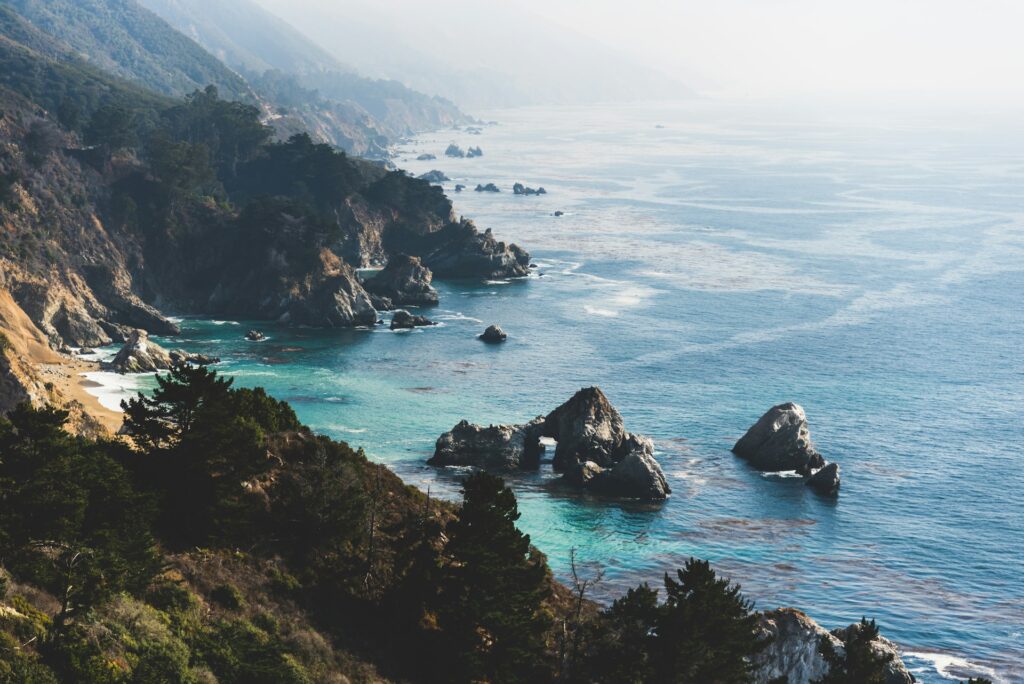
What Exactly Went Wrong Beneath the Waves
Upwelling might sound like a complex scientific term, but it’s a simple concept with enormous importance. When trade winds push warm surface water away, colder and nutrient rich waters rise to the surface, feeding plankton and setting off a chain of life that sustains entire food webs. Without it, marine ecosystems struggle, and in Panama’s case, that struggle has turned into collapse.
Scientists studying the event discovered that weakened trade winds and record high ocean temperatures have interrupted the upwelling process. The usual surge of cold water from the deep ocean never arrived this year. The result? Plankton populations crashed, fish migrated or died off, and seabirds that rely on them began to vanish.
According to researchers, the collapse is linked to both El Niño cycles and broader global warming patterns that are reshaping ocean temperatures and wind systems. When these two forces interact, they can throw entire ecosystems off balance. Panama’s coast is now a prime example of what happens when climate dynamics push nature past its breaking point.
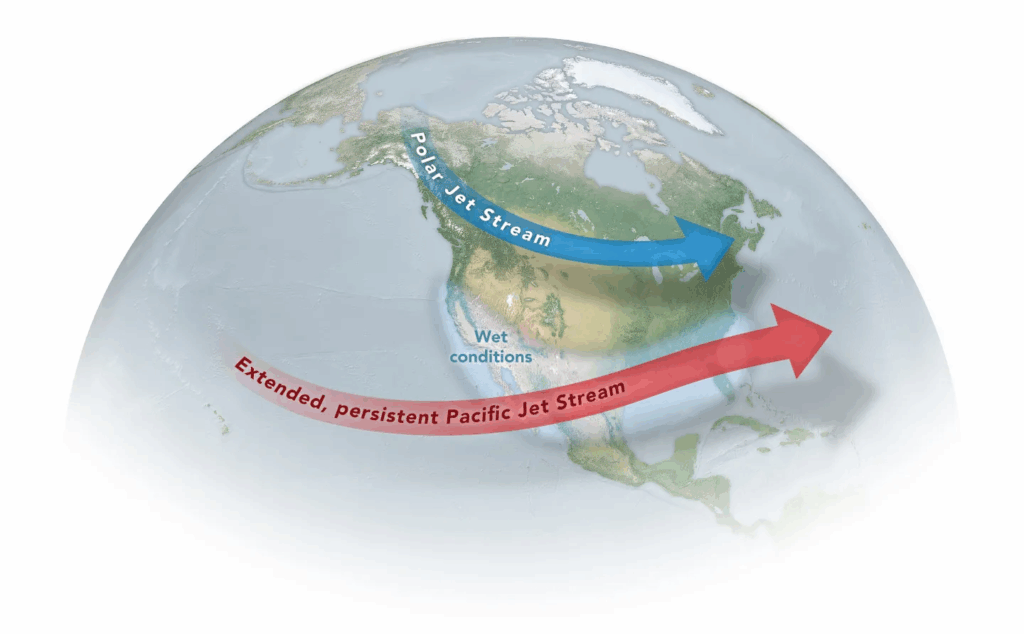
Image Credit: NASA Earth Observatory | Illustration by Joshua Stevens | Modified by Michala Garrison
Additional studies now suggest that long term changes in ocean currents and atmospheric circulation are intensifying these failures. The upwelling collapse could indicate the beginning of larger disruptions in the tropical Pacific region, potentially altering weather patterns, fisheries, and even rainfall across Central America.
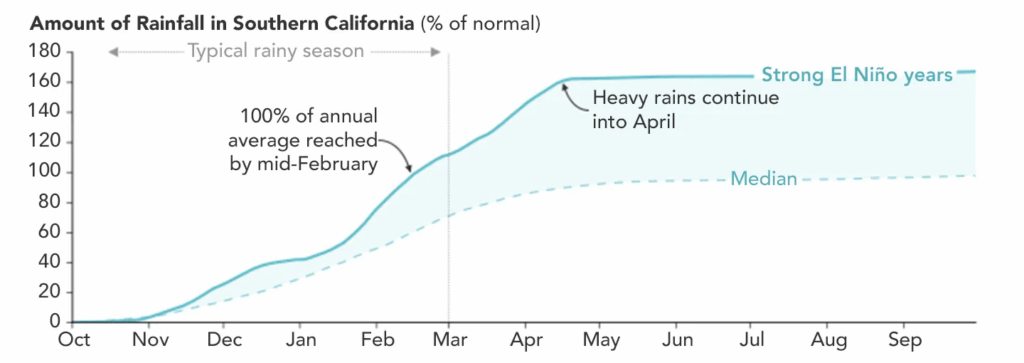
Image Credit: NASA Earth Observatory | Chart by Joshua Stevens | Data from California-Nevada Climate Applications Program.
The Ripple Effect: From Ocean Life to Human Lives
The breakdown of Panama’s upwelling isn’t just bad news for marine life; it’s a crisis for people too. Fishermen who once relied on predictable catches are returning to shore empty handed. Coastal towns are reporting food insecurity and economic strain as the fish populations that sustained their livelihoods decline.
This event has triggered what scientists call a “cascade effect,” where one environmental disruption triggers multiple others. Plankton, for instance, not only serve as food but also play a critical role in producing the oxygen we breathe and absorbing carbon dioxide from the atmosphere. A reduction in plankton means less oxygen production and weaker carbon absorption, a global consequence of a local disaster.
The emotional toll is just as real. Many communities see the ocean as part of their identity. Losing that connection has brought anxiety and uncertainty to families who have lived by the tides for generations. It’s a sobering look at how environmental change is never distant or abstract; it’s deeply human.
In response, local organizations and governments are mobilizing to provide relief, diversify incomes, and support sustainable fishing alternatives. Education campaigns are also helping raise awareness of ocean health, showing that adaptation and collective effort can bring hope amid uncertainty.
The Science Behind the Collapse
While El Niño is a natural climate cycle that periodically disrupts ocean patterns, the intensity of this year’s event is drawing concern. Scientists believe that rising greenhouse gas emissions are amplifying natural fluctuations, creating extreme variations in temperature and weather systems. In Panama’s case, those changes have disrupted the delicate balance between wind, water, and heat.
Data gathered by ocean monitoring stations shows that surface temperatures in the Eastern Tropical Pacific reached record highs in 2025. As these temperatures rise, the contrast between surface and deep ocean waters weakens, making it harder for upwelling to occur. At the same time, changing wind patterns reduce the physical push needed to bring deep water upward.
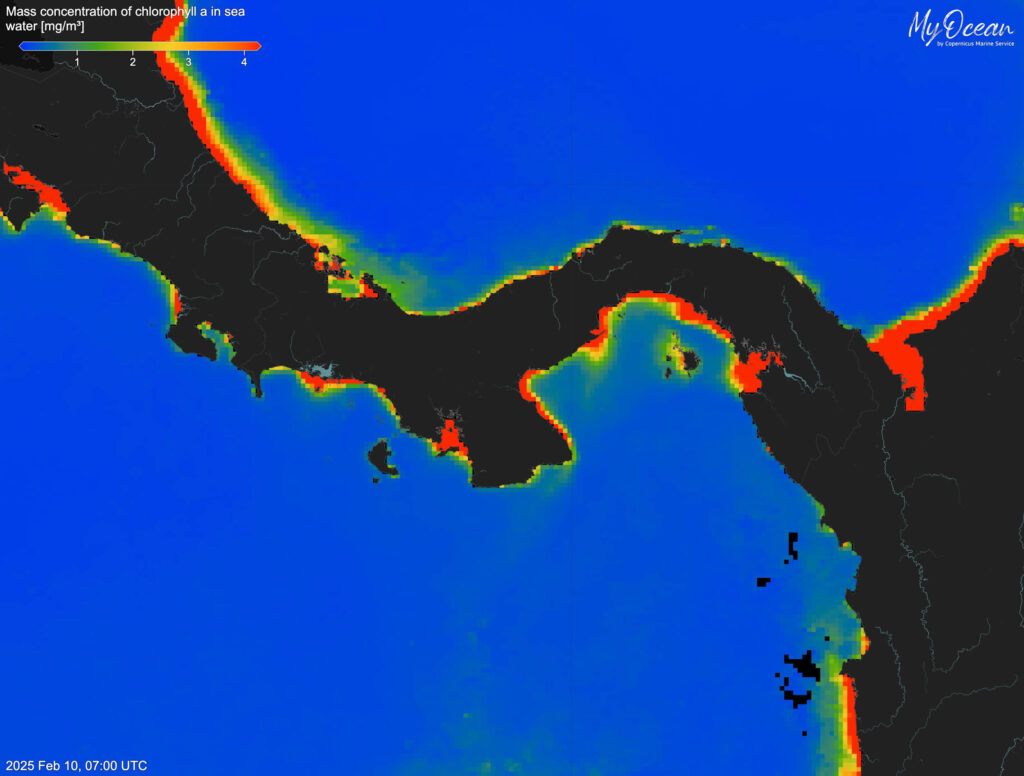
Image Credit: Courtesy of Aaron O’Dea
Experts explain that this combination has created the “perfect storm” for upwelling collapse. And what’s worrying is that this may not be an isolated incident. Similar patterns could emerge in other parts of the world if ocean warming continues at its current pace.
New modeling projections warn that prolonged disruptions could reshape entire ocean ecosystems, with consequences that extend far beyond Panama. These changes might even alter migratory species patterns, reduce global fish stocks, and challenge food security in multiple regions worldwide.
A Global Warning Wrapped in Local Reality
Panama’s ocean crisis is a localized event with global implications. It underscores how interconnected the climate system truly is. When one region’s marine process falters, the effects can echo across continents. The upwelling failure not only endangers local biodiversity but also weakens the ocean’s ability to store carbon, influencing global temperatures.
Climate scientists emphasize that what’s happening in Panama should serve as an early warning. The ocean acts as Earth’s thermostat, absorbing heat and carbon to stabilize the planet’s climate. When that system falters, we lose one of our strongest defenses against global warming. This makes urgent climate action not just a political or economic issue, but an existential one.
At the same time, there’s an opportunity here. The collapse of upwelling off Panama’s coast is a wake up call for governments and communities alike to strengthen ocean protection policies, reduce emissions, and invest in research that can predict and mitigate such disruptions in the future.
Globally, the event has renewed attention on international agreements and conservation partnerships focused on marine resilience. Collaboration across borders is becoming essential as climate driven events become more unpredictable and widespread.
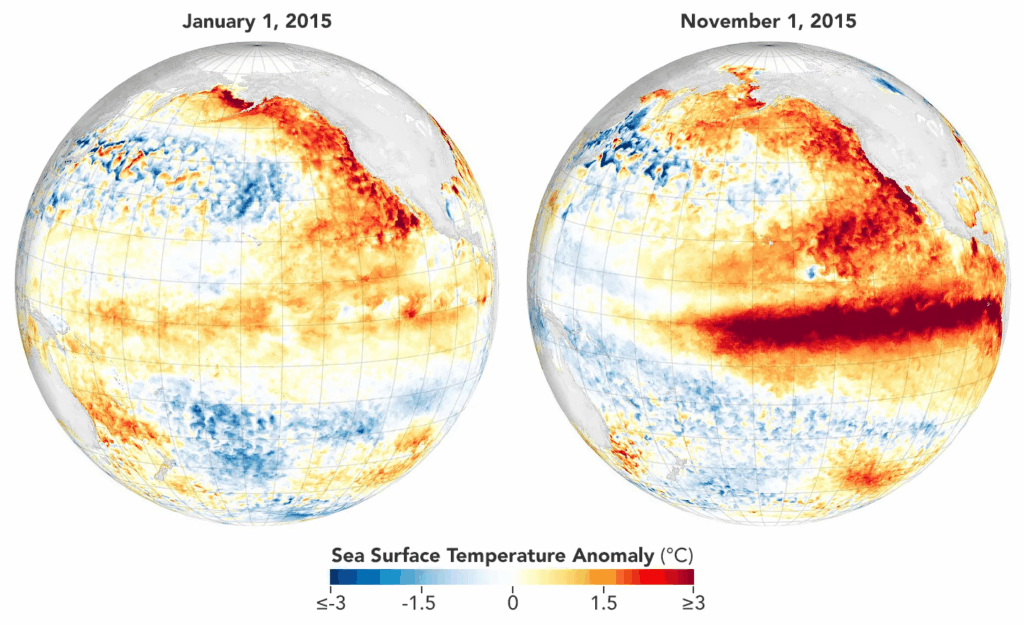
Image Credit: NASA Earth Observatory | Maps by Michala Garrison | Data from the MUR SST
Moving Forward: Restoring Balance and Hope
Despite the grim headlines, experts say there’s still hope. Nature has remarkable resilience if given the chance to recover. Reversing ocean warming will take time, but local and global action can help prevent future collapses. Efforts like reducing carbon pollution, restoring coastal mangroves, and regulating fishing practices all contribute to rebuilding balance in marine ecosystems.
For Panama and similar coastal nations, community adaptation will be key. Governments and NGOs are already exploring ways to diversify coastal economies, support sustainable aquaculture, and monitor ocean health more closely. Each initiative matters, because recovery starts with awareness and cooperation.
As the world watches Panama’s waters struggle, empathy must drive action. This isn’t just an environmental story; it’s a human one. Protecting the ocean is about protecting our shared future, the air we breathe, the food we eat, and the climate we depend on.
Looking ahead, scientists stress that what we learn from Panama could inform global ocean management strategies for decades to come. The future of our seas depends on whether we choose to listen to these warnings and act before the next crisis strikes.
Featured Image Credit: Courtesy of EB Adventure Photography | Shutterstock
Loading...

